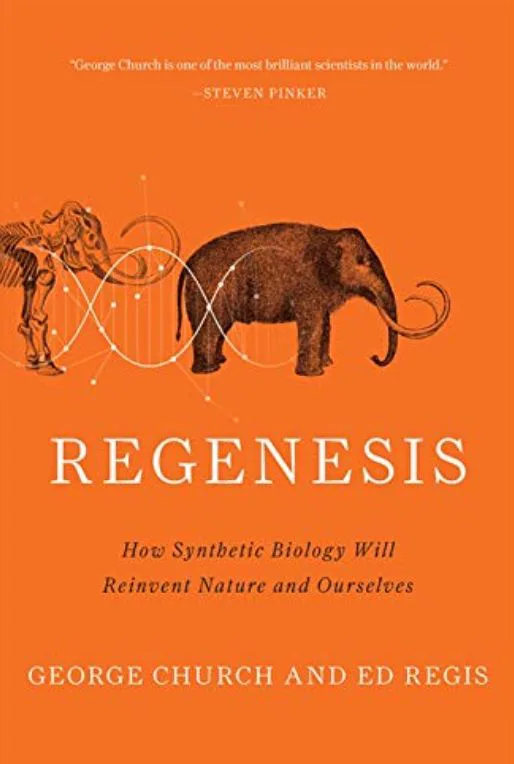
Regenesis: How Synthetic Biology Will Reinvent Nature and Ourselves is an exhilarating journey that re-shapes our understanding of life itself. The book is written by George M. Church and Edward Regis. It was first published in 2012.
The renowned geneticist and science writer collaborated to present an all-encompassing exploration of synthetic biology. And highlighting its thrilling potentialities along with obvious challenges. In this remarkable masterpiece, they have woven following three distinct levels of exploration.
First: Evolutionary Emergence of Life
The initial portion delves into the fascinating journey of life’s evolutionary emergence and the intricate mechanisms involved. From the Late Hadean era, the book takes up to the primordial DNA that gave rise to all terrestrial life. A critical phase in Earth’s history when the planet was transitioning from a tumultuous, molten state to a more stable environment conducive to the emergence of life.
Thus, leading the way to the emergence of mammals. And eventually to human civilization in the Homo Sapiens dominated Anthropocene era. The period during which human activities have had a significant impact on the Earth’s ecosystems and geological processes.
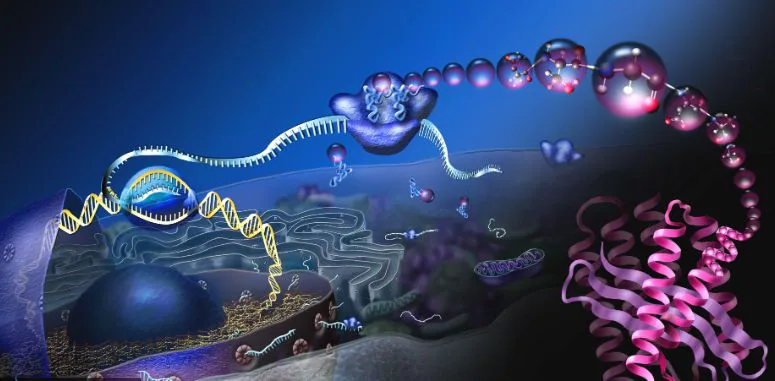
Second: History of Synthetic Biology
Meanwhile, the second narrative unearths the enthralling history of synthetic biology. It surfaces its humble origins in early biotechnology to its current state as a vibrant scientific discipline.
The authors deftly illuminate the path of progress, guiding us through the annals of:
- synthetic genomics, followed by
- Do-It-Yourself Biotechnology, and eventually
- the captivating realm of iGEM
We are privy to Church’s own enthralling adventures, as he ventures into groundbreaking research, visionary development, and entrepreneurial pursuits that have shaped the very foundation of this burgeoning field.
Third: Future of Synthetic Biology
The third segment unleashes the power of imagination, and propels us forward into uncharted territories. The authors beckon us to glimpse into a future, which is swarming with possibilities.
Here, we encounter the exhilarating applications that synthetic biology might unveil in the short and mid-term, while also venturing into the hazy realms of a more distant horizon.
As we tread along this path, we grapple with profound inquiries that define our existence. Some of the questions are:
- What truly constitutes life?
- What sets animate matter apart from its inanimate counterparts?
- Are there vestiges of vitalism that endure?
- What is the origin of the primordial DNA?
Moreover, the authors also address some of the technical challenges and the societal ramifications of that comes with the development of synthetic biology. Also, contemplating matters of (bio)safety and (bio)security.
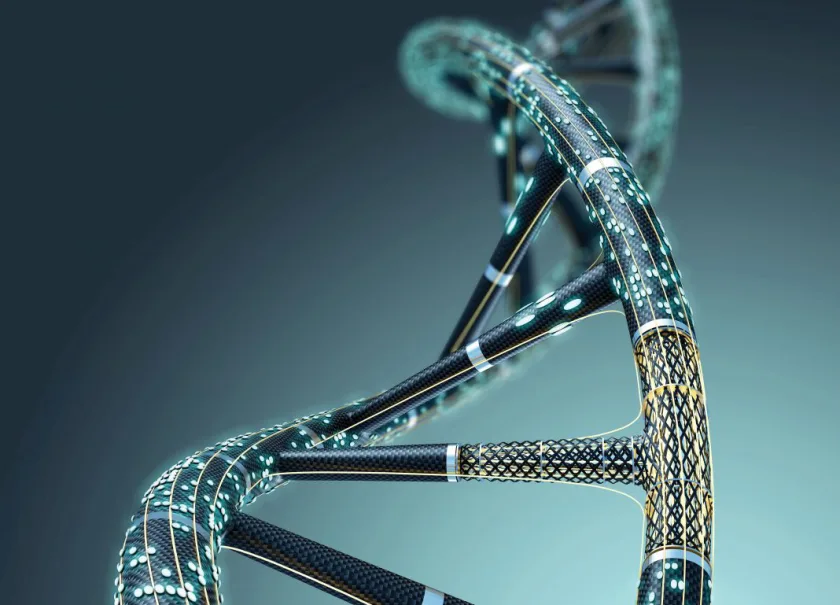
A Gateway into the World of Synthetic Biology
Regenesis can be easily comprehended by non-expert readers as well. In fact, the thesis serves as a gateway into the mesmerizing world of synthetic biology. Since, it offers an intriguing glimpse into its history and the vast possibilities that lie within its grasp.
The book starts with a comprehensive introduction followed by chapters sodden with interesting scientific facts and historical sketches.
As we navigate further, the exploration delves deeper into the intricate realms of genetic and genomic mechanisms. This of course becomes slightly difficult to comprehend because of the technical perspective.
Not to miss, Church is an authoritative figure and pioneer in the field of synthetic biology, therefore all his insights and perspectives shape the very fabric of the field.
Mirror Life utilizing the Mirror Molecules
The authors dare to envision a future where synthetic biology revolutionizes the very fabric of life, from microbes to animals and even humans.
One tantalizing concept proposed within the book is the notion of “mirror life.”
The authors talk about the inherent symmetry that is embedded in all biomolecules. It means, the existence of mirror counterparts with distinct chemical properties.
Church is of the view that by utilizing these mirror molecules as the building blocks, a new form of life could be engineered. This “new life” would then be incompatible with viruses reliant on cellular machinery for replication. And hence, unable to exchange genetic information with “natural” organisms.
This unique feature would render these “mirror” synthetic organisms safer. It will also minimise their interactions with existing life. While at the same time, allow them to produce valuable and exotic chemicals and materials.
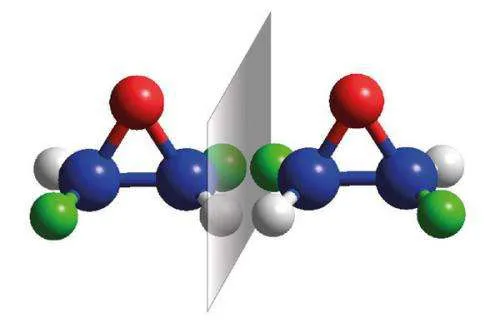
Contemplation on the Creation of “Mirror Humans”
These extraordinary beings would possess immunity to all the existing and probable natural viruses. However, Church suggests, that their mirror physiology would impose limitations. For instance, it would render them unable to digest non-mirror food and prevent procreation with regular humans.
Although the concept of “mirror humans” pushes the boundaries of imagination, it also raises profound questions about the potential trade-offs and transformations that may accompany such radical redesign.
The World of Synthetic Genomics
If we look into the world of synthetic genomics, the power to engineer, evolve, and select synthetic genomes opens up a world of infinite possibilities.
The writers discuss the idea of ‘transhumanism,’ which they have to address if they support the creation of ‘mirror’ humans and other extraordinary beings made possible through synthetic biology.
It’s natural to think about safety and the risks of biological research, and the authors tackle these concerns without exaggeration.
Another thing that comes to our mind is, tweaking the microbes. If methodically crafted through this process, microorganisms might serve as microbial factories especially for producing pharmaceuticals, chemicals, and biofuels.
Church also sheds light on the limitations and inefficiencies of crop plants, particularly in the context of food crops. Instead, he advocates for the utilization of engineered microbes. The newly crafted microbes would thrive in minimal space, utilize waste water, and require few feedstocks.
This approach not only promises greater sustainability but also points to the emergence of a significant synthetic biology market—sustainable petroleum production.
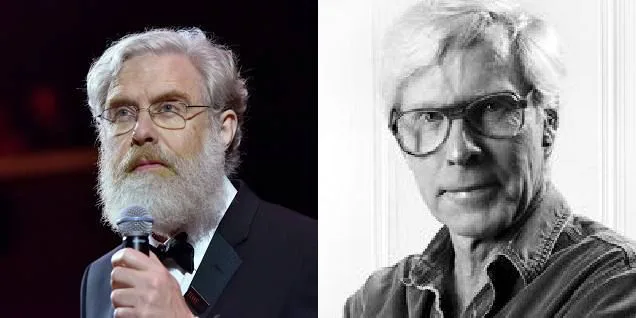
Takeaway
The authors in Regenesis paint a picture of a future where biology and technology merge. And consequently, pave the way for incredible advancements.
The mere idea about redesigning nature and re-configuring ourselves creates both excitement and trepidation.
Of course, whether its mirror humans, or unlocking the vast potential of engineered microorganisms, the hurdles that lie ahead are not easy to conquer. After all, the authors are talking about the re-configuration of the entire living beings through the precision of synthetic biology.
Regenesis: How Synthetic Biology Will Reinvent Nature and Ourselves is definitely worth reading and holds great significance. It is highly likely to fill us with awe along with a touch of fear.
At the same time, the book will help us in equipping with the necessary knowledge to comprehend much of the science discussed in field of synthetic biology.



